Sonus Paradisi
Bückeburg, 1997 [Hauptwerk]
Bückeburg, 1997 [Hauptwerk]
No se pudo cargar la disponibilidad de retiro
Bückeburg, Janke Organ (1993-1997)
The town church of Bückeburg had an organ by Esaias Compenius the Older, completed in 1617. During the centuries, the organ was changed many times. In 1962, the organ was completely destroyed by fire.
The organ was recreated in its putative original form in 1965 by Emil Hammer, after the disposition noted by Michael Praetorius.
A new organ was built into the case thirty years later by Rudolf Janke, his opus 114, in the style of Mid-German baroque, reusing some elements of the Hammer organ. The organ is a free interpretation of the old concept of Compenius, and it witnesses the legacy of the finest neo-baroque organ building practices of the late 20th century. Its refined voicing is highly praised by experts and its crisp sound can be admired by organ enthusiasts. The organ is designed on 3 manuals and a pedal, each division having its own principal chorus (Werkprinzip) and a multitude of solo voices. There are 47 speaking stops in total.
Presented to you by Leonart Studio, your authorised reseller for Sonus Paradisi in Switzerland (shipped internationally). Get your digitally sampled historical organs for the use with the Hauptwerk virtual instrument software.
Share this Sample Set
![Bückeburg, 1997 [Hauptwerk]](http://artful.shop/cdn/shop/files/ss_bueckeburg1.jpg?v=1692967628&width=1445)
![Bückeburg, 1997 [Hauptwerk]](http://artful.shop/cdn/shop/files/ss_bueckeburg2.jpg?v=1692967629&width=1445)
![Bückeburg, 1997 [Hauptwerk]](http://artful.shop/cdn/shop/files/ss_bueckeburg3.jpg?v=1692967628&width=1445)
![Bückeburg, 1997 [Hauptwerk]](http://artful.shop/cdn/shop/files/ss_bueckeburg4.jpg?v=1692967628&width=1445)
![Bückeburg, 1997 [Hauptwerk]](http://artful.shop/cdn/shop/files/ss_bueckeburg5.jpg?v=1692967629&width=1445)
![Bückeburg, 1997 [Hauptwerk]](http://artful.shop/cdn/shop/files/ss_bueckeburg6.jpg?v=1692967628&width=1445)
![Bückeburg, 1997 [Hauptwerk]](http://artful.shop/cdn/shop/files/ss_bueckeburg11_3bf6d569-d529-442c-b887-5f64b557c579.jpg?v=1692967629&width=1445)
Specification (stop list)
-
Manual I
Hauptwerk C-g3 [-a3]
Bordun 16'
Principal 8'
Viola da Gamba 8'
Holzflöte 8'
Octave 4'
Gemshorn 4'
Quinta 2 2/3'
Cornett 4f (ab b0)
Octave 2'
Tertia 1 3/5'
Mixtur 5-6f 1 1/3'
Fagott 16'
Trompete 8'
Tremulant -
Manual II
Oberwerk C-g3 [-a3]
Quintadena 16'
Salicional 8'
Principal 8'
Rohrflöte 8'
Unda maris 8' (ab c1)
Octave 4'
Flöte 4'
Nasat 2 2/3'
Sesquialtera 2f
Octave 2'
Waldflöte 2'
Quinta 1 1/3'
Mixtur 4f 1'
Vox humana 8'
Tremulant -
Manual III
Unterwerk C-g3 [-a3]
Doppelgedackt 8'
Quintadena 8'
Traversflöte 8' (ab c1)
Principal 4'
Holzflöte 4'
Quintflöte 2 2/3' (ab c0)
Hohlflöte 2'
Terzflöte 1 3/5' (ab c0)
Sifflöte 1'
Regal 8'
Tremulant -
Manual IV
-
-
Pedal
Pedal C-f1 [-g1]
Untersatz 32'
Principal 16'
Subbass 16'
Octave 8'
Gemshorn 8'
Octave 4'
Mixtur 5f 2 2/3'
Posaune 16'
Trompete 8'
Trompete 4' -
Other specification
Couplers:
II/I, I/P, II/P, III/P. In Hauptwerk III/I coupler added. More couplers may be achieved through the Hauptwerk Master Couplers.
Accessories:
Tremulant for each manual (HW, OW, UW). The real organ has the Hauptwerk and Unterwerk tremulants combined. We kept the original labeling on the photorealistic tabs in Hauptwerk, but the tremulants are separate for HW and UW.
History
Bückeburg, Janke Organ (1993-1997)
The town church of Bückeburg had an organ by Esaias Compenius the Older, completed in 1617. During the centuries, the organ was changed many times. In 1962, the organ was completely destroyed by fire.
The organ was recreated in its putative original form in 1965 by Emil Hammer, after the disposition noted by Michael Praetorius.
A new organ was built into the case thirty years later by Rudolf Janke, his opus 114, in the style of Mid-German baroque, reusing some elements of the Hammer organ. The organ is a free interpretation of the old concept of Compenius, and it wittnesses the legacy of the finest neo-baroque organbuilding practices of the late 20th century. Its refined voicing is highly praised by experts and its crisp sound can be admired by organ enthusiasts. The organ is designed on 3 manuals and a pedal, each division having its own principal chorus (Werkprinzip) and a multitude of solo voices. There are 47 speaking stops in total.
The temperament is slightly inequal. Measuring the temperament from the recorded audio does not always give exact results, but we found it similar to the Pythagorei 6-th split temperament, also known as Young II.
Further reading:
https://organindex.de/
http://www.orgbase.nl/
The reported Praetorius disposition, quoted from orgbase.nl:
Oberwerck: Grosz Principal 16', Grosz Quintadehn 16', Grosz Octava 8', Gemszhorn 8', Gedacte Blockpfeiffe 8', Viol de Gamba 8', Querpfeife 4', Octava 4', Klein Gedact Blockpfeiff 4', Gemszhorn/Quinta 3', Klein Flachfloeit 2', Mixtuur 8.10.12.14 Chor.
Rückpositiff: Principal 8', Grosz Nachthorn 8', Gedactfloeite von Holz 8', Nasatt Pfeiffe von Holz 4', Spill Pfeiff 4', Klein Rohrfloeit 4', Klein Octava 2', Klein Gedact 2', Suifloeit 1', Klingend Zimbel 3 Chor, Rancket von Holz 16', Krumbhorn 8'.
Brustwerck: Rohrfloeiten 8', Nachthorn 4', Offenfloeit (sol fornen an zu stehen kommen von Elffenbein) 4', Klein Gemszhorn 2', Holquintlein 1 1/2', Zimbeln kleine 2 Chor, Regal 8'.
Brust-Pedal: Hornbaeszlein 2', Bawrpfeifflein 1', Zimbel Basz 3 Choericht, Sordunbasz von Holz 16', Dolcianbasz von Holz 8', Cornett Basz 2'.
Pedal: Sub Principal Basz 32', Grosz Rohrfloeit Basz 16', Grosz Gemszhorn Basz 16', Holpfeiffen Basz 8', Grosz Nachthorn Basz 8', Querfloeiten Basz von Holz 8', Octaven Basz 4', Klein Gemszhorn Basz 4', Trommeten Basz 8', Posaun oder Bombard Basz 16'. Coppel zum Oberwerck und Brustclavier. Drey Tremulanten.
Features
Features
The samples are offered in 48kHz/24bit resolution. The multiple releases have three levels: short, mid and long. Hauptwerk v4.2 and higher supported. The sample set is offered in plain wave format.
Reverb time
The reverb time is ca. 3 seconds.
Keyboards, pedalboard
The original compass of the keyboards is 56 keys (C, g3), extended in Hauptwerk to a3 via a dedicated mixer switch. The original compass of the pedal division is 30 keys (C-f1), extended to g1 in the sample set.
Tremulants
All ranks (except mixtures) were recorded with the Tremulant for the most convincing tremulant behavior. The ranks are marked "tremmed" in the rank description.
Surround format
The sample set is offered in the Surround variant (6 channels). There are front-direct channels, featuring the sound of the organ immediately in front of the organ case. The diffuse perspective captured the sound in the church, further from the organ. The rear perspectives is designed for the rear speakers of the audio setup. The perspectives can be mixed together freely to achieve any virtual listening position, or used separately - depending on the prefererences of the user. A dedicated "mixing desk" is available in Hauptwerk to mix the sound to the desired level.
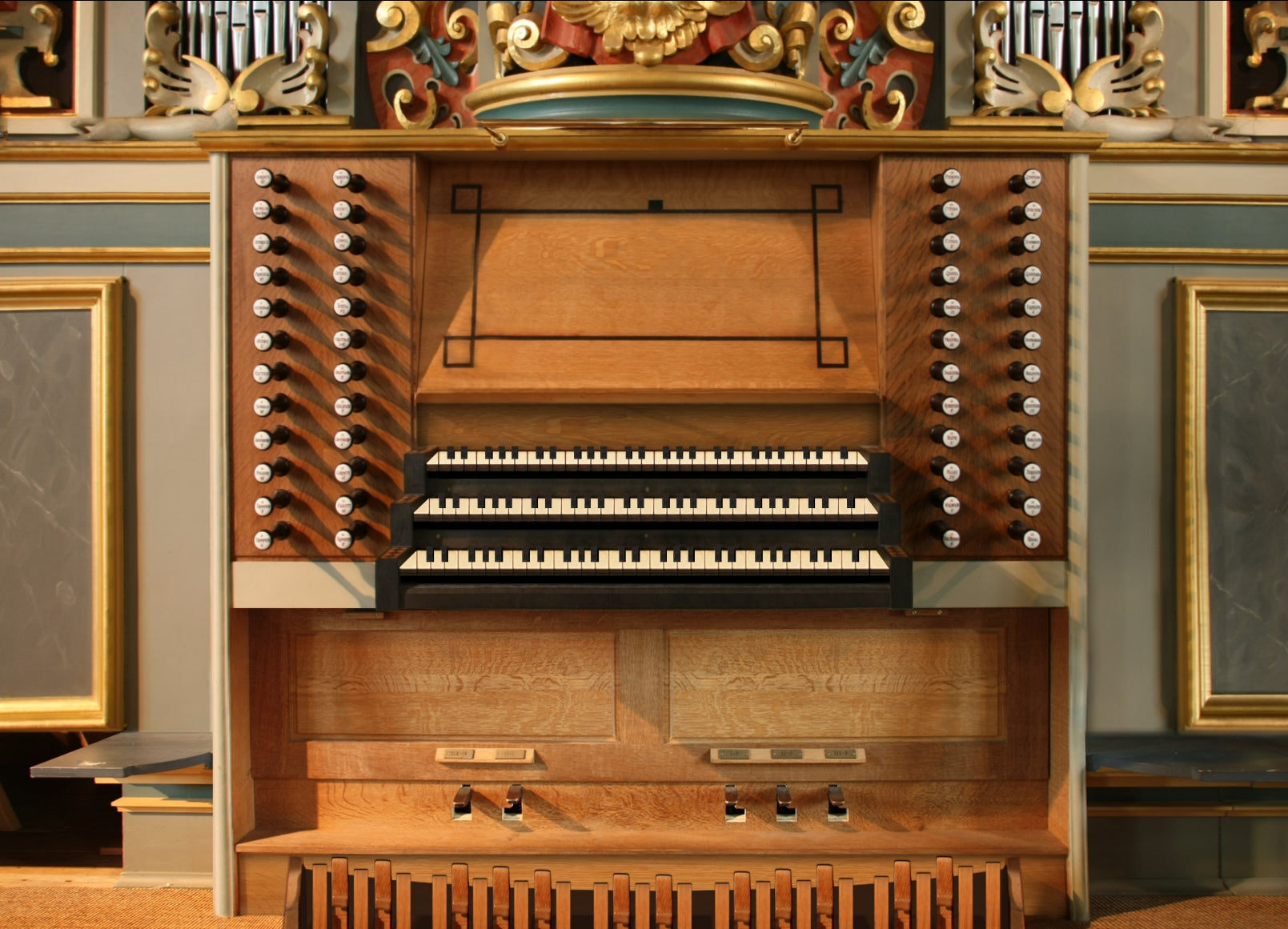

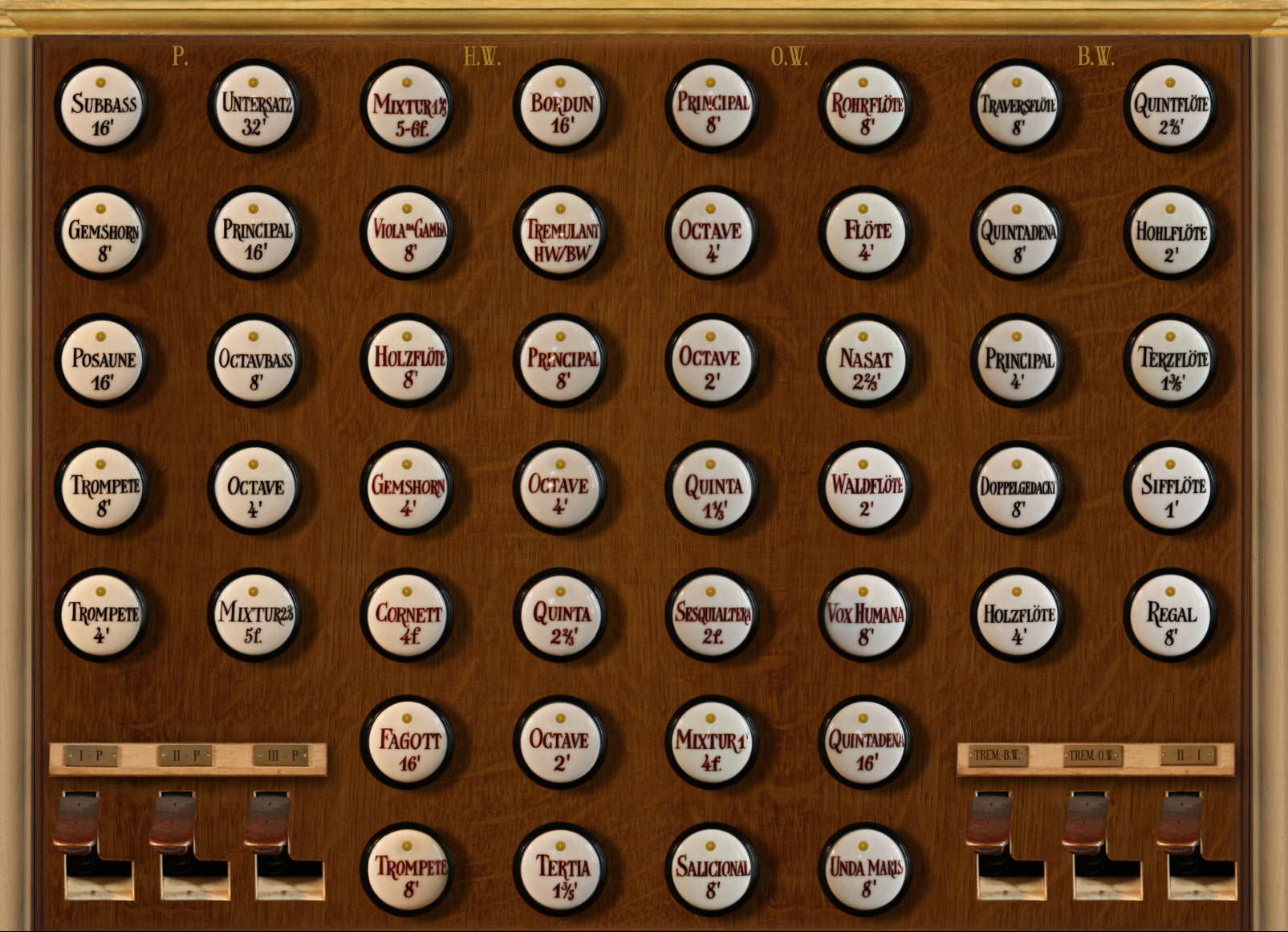
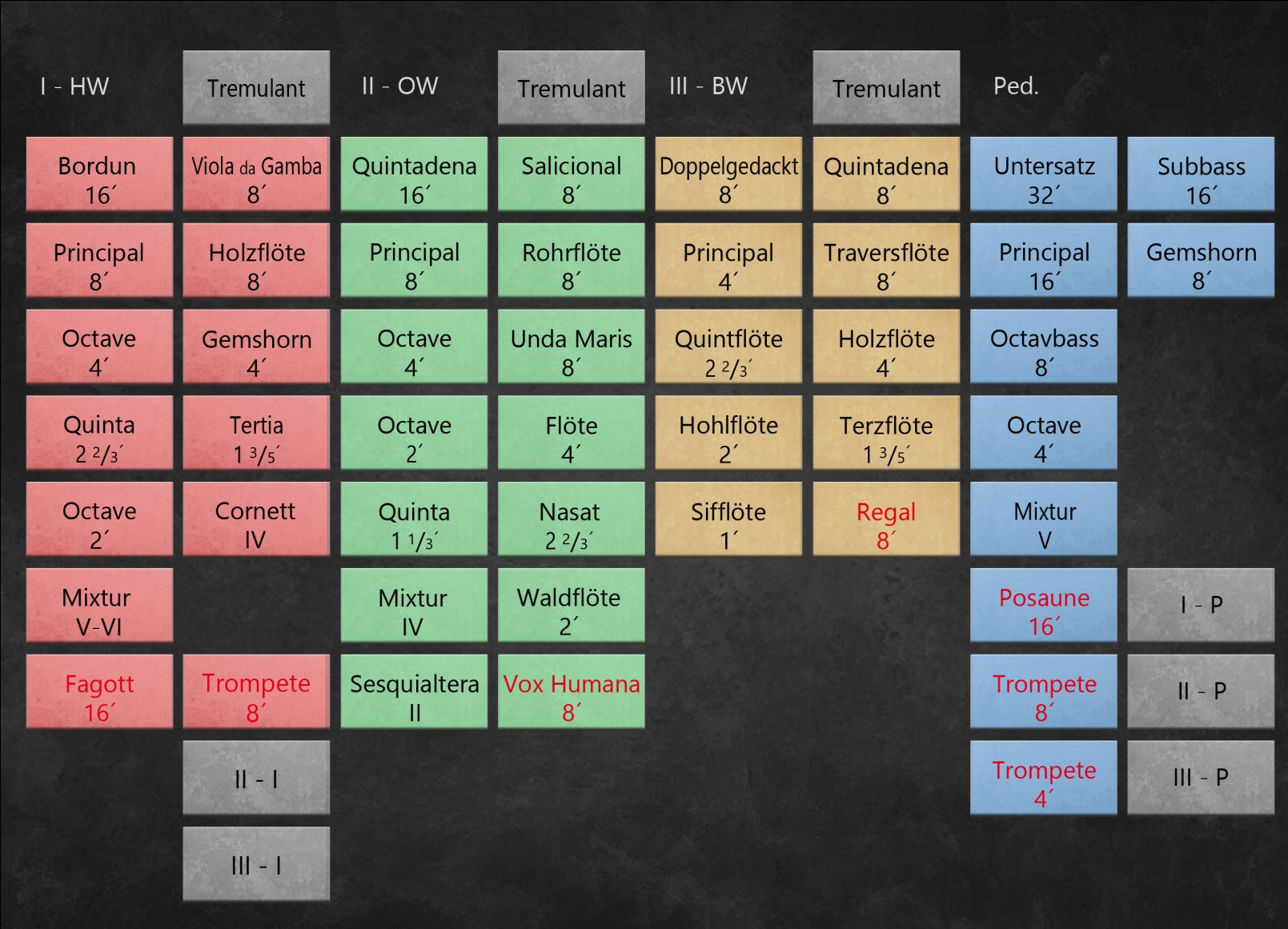
Requirements
Hauptwerk v4.2 and higher supported. The sample set is offered in plain wave format.
RAM consumption: 6-channel surround
16-bit, other settings default: 26 GB
20-bit, other settings default: 44 GB (recommended)
24-bit, other settings default: 48 GB
Screen resolution 1280x1024 px or more.
Polyphony of 8000 voices recommended for the full suround (4000 pipes minimum).
This Hauptwerk Sample Set is presented to you by Leonart Studio, an authorised reseller for the manufacturer Sonus Paradisi in Switzerland (shipping internationally). Enjoy this digitally sampled organ library for the use with Hauptwerk software and start expanding your historical organ collection today.
0
Total de artículos
CHF 0.00
Subtotal de productos
More Hauptwerk Sample Sets
-
Casavant, 1995 [Hauptwerk]
Proveedor:Sonus ParadisiPrecio habitual CHF 174.90Precio habitualPrecio unitario / por -
Reuter, 1928 [Hauptwerk]
Proveedor:Sonus ParadisiPrecio habitual CHF 473.00Precio habitualPrecio unitario / por -
Rotterdam Hoofdorgel, 1973 [Hauptwerk]
Proveedor:Sonus ParadisiPrecio habitual A partir de CHF 330.00Precio habitualPrecio unitario / porCHF 958.10Precio de oferta A partir de CHF 330.00Oferta -
Groningen, 1450-1740 [Hauptwerk]
Proveedor:Sonus ParadisiPrecio habitual A partir de CHF 658.90Precio habitualPrecio unitario / porCHF 1,681.90Precio de oferta A partir de CHF 658.90Oferta -
Goerlitz, 2006 [Hauptwerk]
Proveedor:Sonus ParadisiPrecio habitual A partir de CHF 328.90Precio habitualPrecio unitario / por -
Bückeburg, 1997 [Hauptwerk]
Proveedor:Sonus ParadisiPrecio habitual A partir de CHF 1.10Precio habitualPrecio unitario / por -
Brasov, 1839 [Hauptwerk]
Proveedor:Sonus ParadisiPrecio habitual CHF 418.00Precio habitualPrecio unitario / por -
St. Omer, 1717-1855 [Hauptwerk]
Proveedor:Sonus ParadisiPrecio habitual CHF 323.40Precio habitualPrecio unitario / porCHF 410.96Precio de oferta CHF 323.40Oferta -
Stellwagen organ, St. Marien, Stralsund (1659)
Proveedor:Sonus ParadisiPrecio habitual CHF 858.00Precio habitualPrecio unitario / por -
![Clavichord Model [Hauptwerk]](//artful.shop/cdn/shop/files/ss_clavichord.jpg?v=1724310155&width=533) Agotado
AgotadoClavichord Model [Hauptwerk]
Proveedor:Sonus ParadisiPrecio habitual CHF 33.00Precio habitualPrecio unitario / por



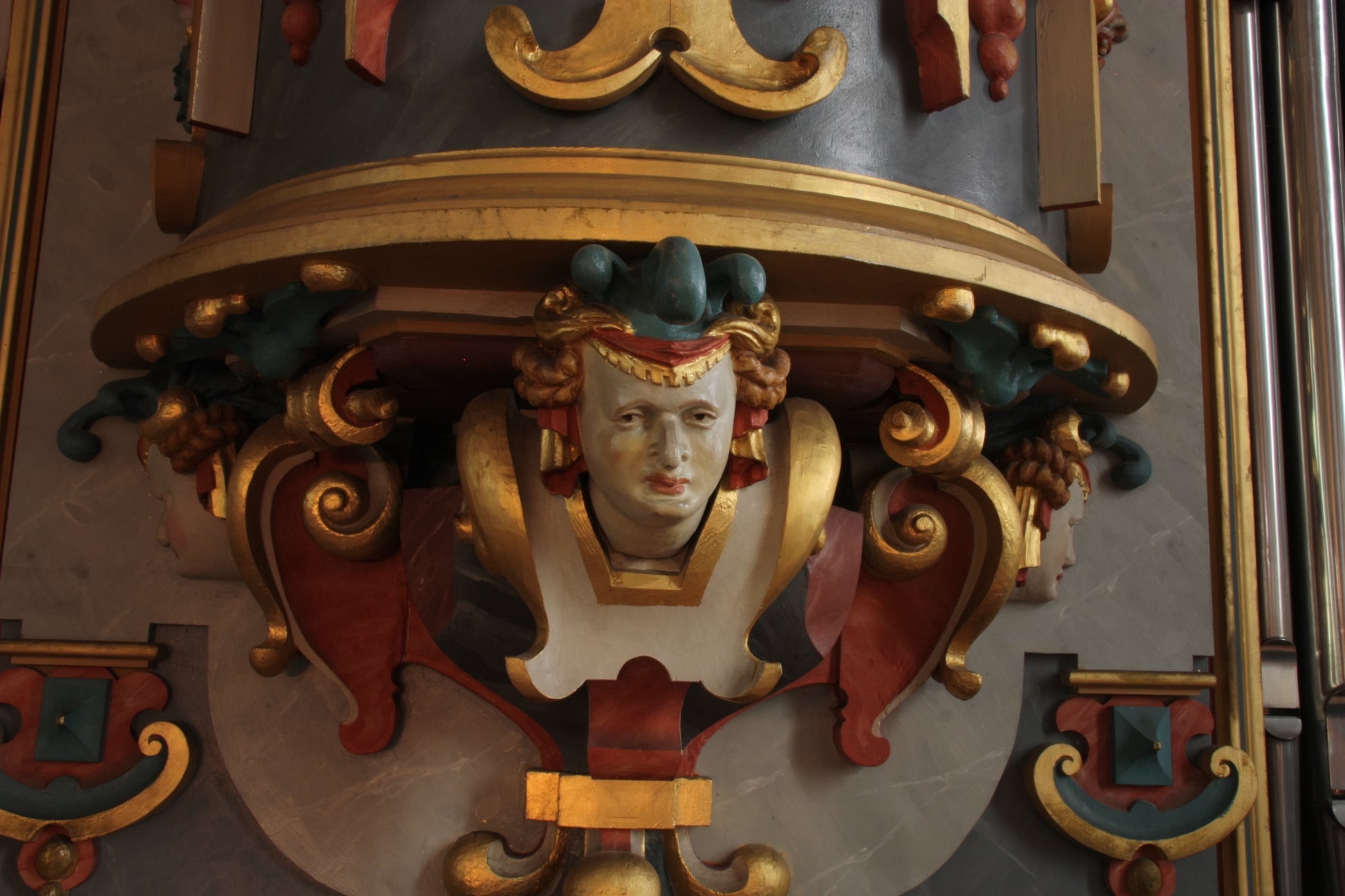
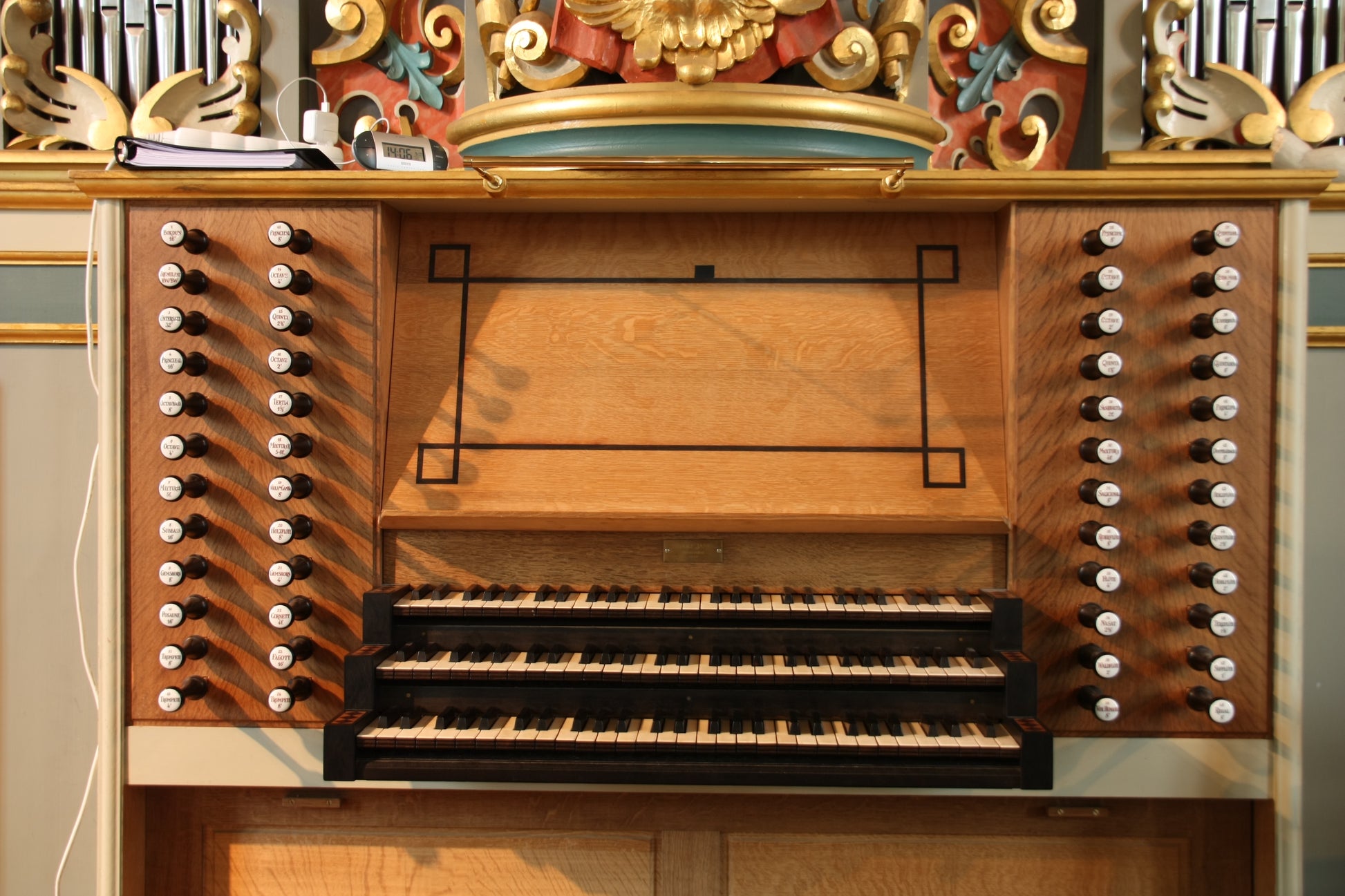

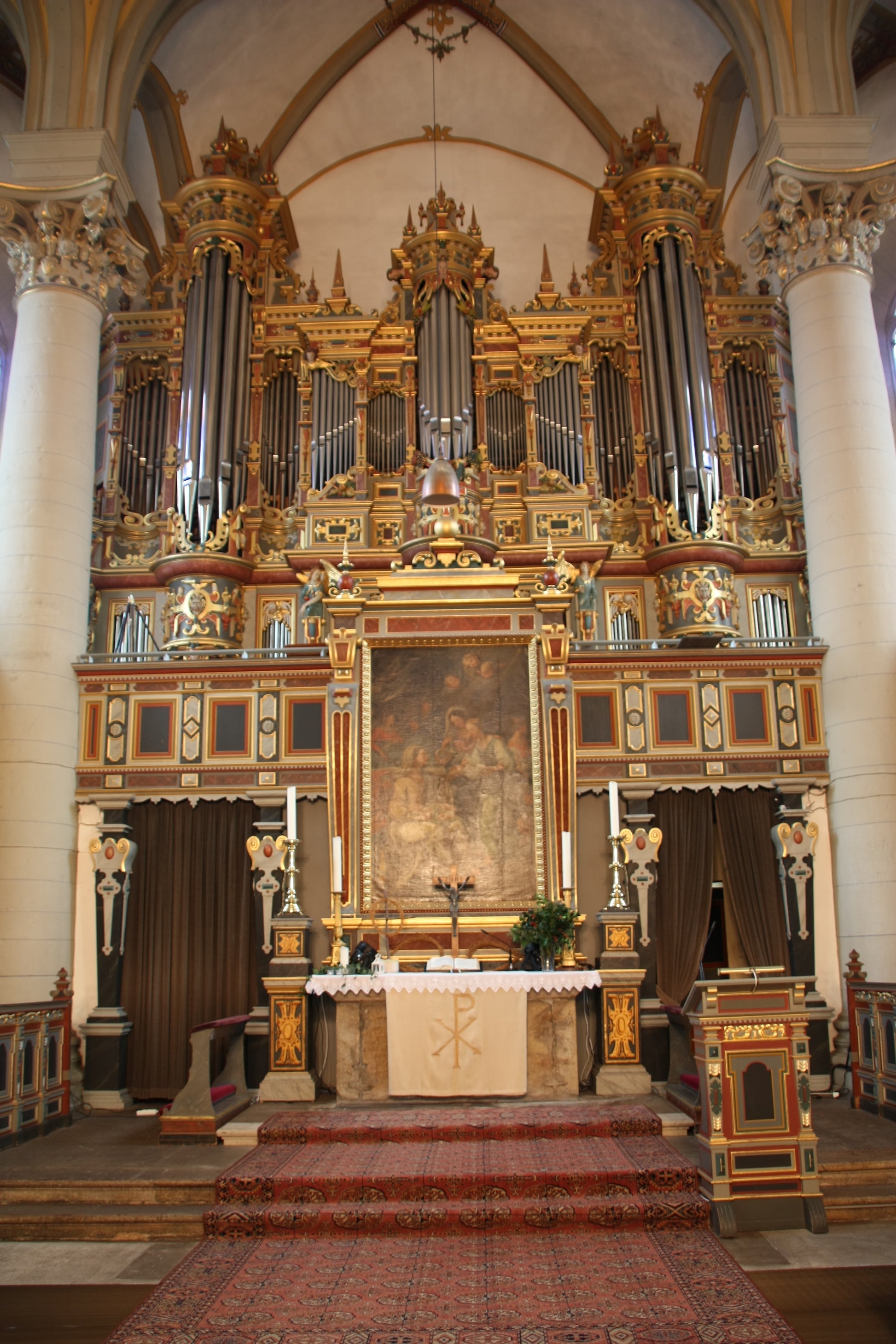
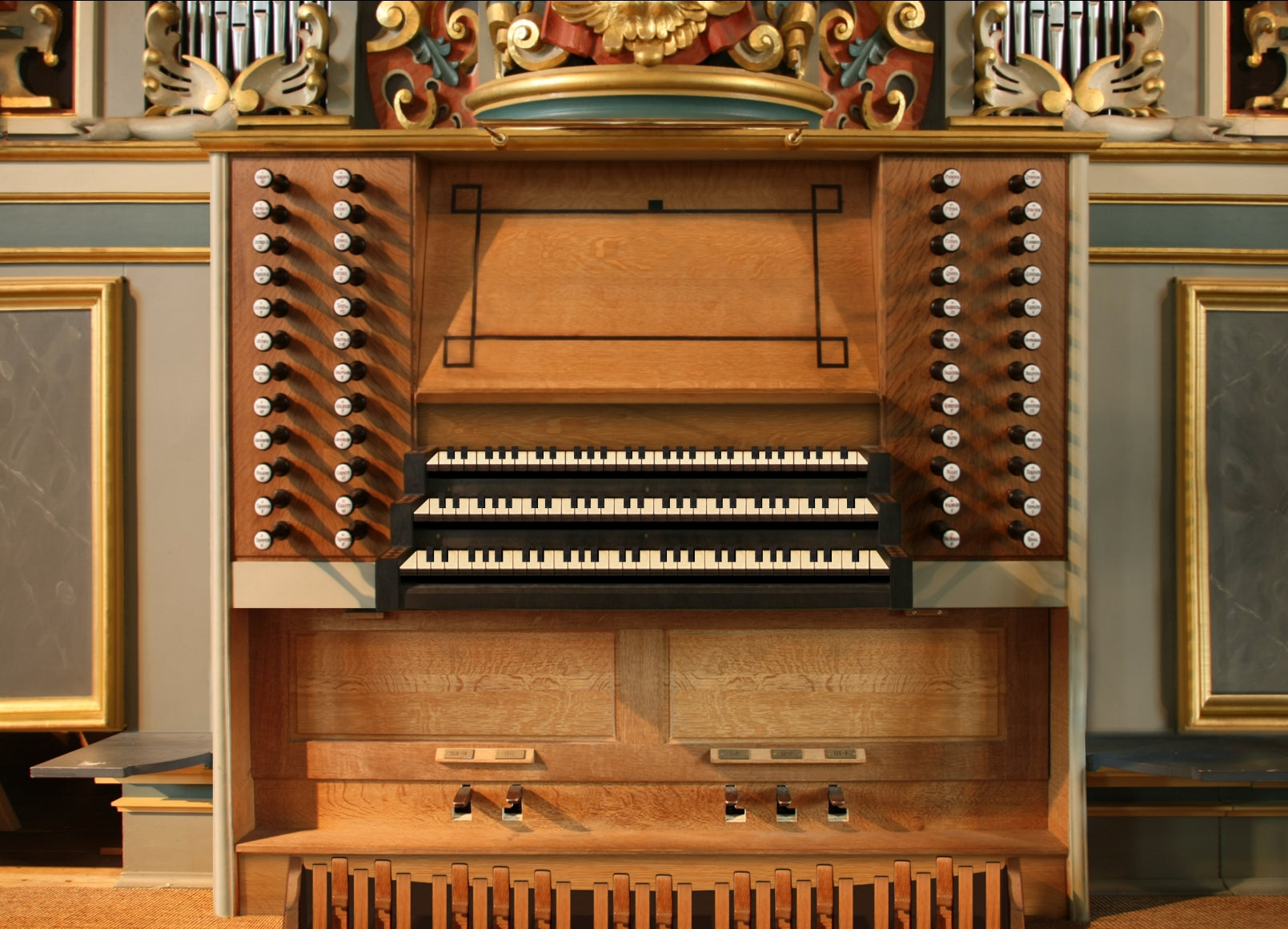
![Casavant, 1995 [Hauptwerk]](http://artful.shop/cdn/shop/files/ss_casavant1.jpg?v=1693319885&width=533)
![Reuter, 1928 [Hauptwerk]](http://artful.shop/cdn/shop/files/ss_Reuter1.jpg?v=1693321024&width=533)
![Rotterdam Hoofdorgel, 1973 [Hauptwerk]](http://artful.shop/cdn/shop/files/ss_RotterdamMain1.jpg?v=1693279529&width=533)
![Groningen, 1450-1740 [Hauptwerk]](http://artful.shop/cdn/shop/files/ss_Groningen1.jpg?v=1693275425&width=533)
![Goerlitz, 2006 [Hauptwerk]](http://artful.shop/cdn/shop/files/ss_goerlitz1.jpg?v=1692995837&width=533)
![Bückeburg, 1997 [Hauptwerk]](http://artful.shop/cdn/shop/files/ss_bueckeburg1.jpg?v=1692967628&width=533)
![Brasov, 1839 [Hauptwerk]](http://artful.shop/cdn/shop/files/ss_brasov1.jpg?v=1692967057&width=533)
![St. Omer, 1717-1855 [Hauptwerk]](http://artful.shop/cdn/shop/files/ss_omer1.jpg?v=1692904128&width=533)
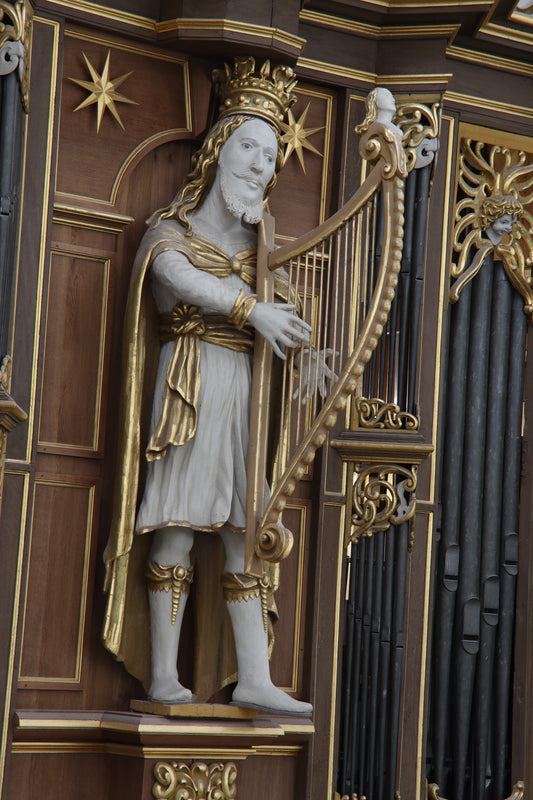
![Clavichord Model [Hauptwerk]](http://artful.shop/cdn/shop/files/ss_clavichord.jpg?v=1724310155&width=533)